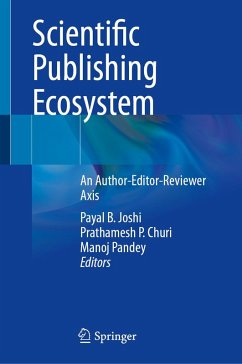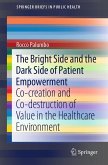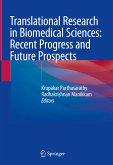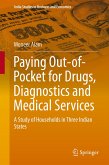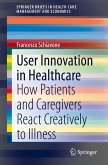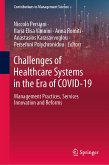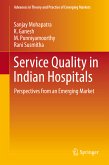The edited book consists of three parts viz, Part I "Authors, Authorship, and Scholarly Dissemination" features ten chapters devoted to describe authorship issues and good publication practice, plagiarism concerns, preprints, open access models, conflicting interests, rise of review papers, writing book reviews, and assessing faculty beyond metrics. Part II "Editors, Editorial Desks, and Issues of Scientific Misconduct" features eight chapters devoted to discuss on issues of editorial misconduct, desk rejections, paper mills, letters to editors, image duplication, emerging ChatGPT in writing/reviewing spaces, citation cartels, and retractions. Finally, Part III "Reviewers and Developing Evaluator's Eye" features five chapters devoted to discuss peer review as an idea creating model, paying peer reviewers, training reviewers, peer review manipulations, and peer review in age of AI . All chapters in the book are written by expert contributors of the field that provides a systematic approach of understanding various challenges, opportunities, and ethical considerations of scientific publishing ecosystem. Most of the chapters have featured recent cases of scientific misconduct as examples to reflect scale of the problem.
This book will serve as a reference to research practitioners in understanding assigning authorship on papers, modern-day publishing collaboration, role of editors to serve journals in a holistic manner and ensuring fair peer review mechanisms.
Dieser Download kann aus rechtlichen Gründen nur mit Rechnungsadresse in A, B, BG, CY, CZ, D, DK, EW, E, FIN, F, GR, HR, H, IRL, I, LT, L, LR, M, NL, PL, P, R, S, SLO, SK ausgeliefert werden.

